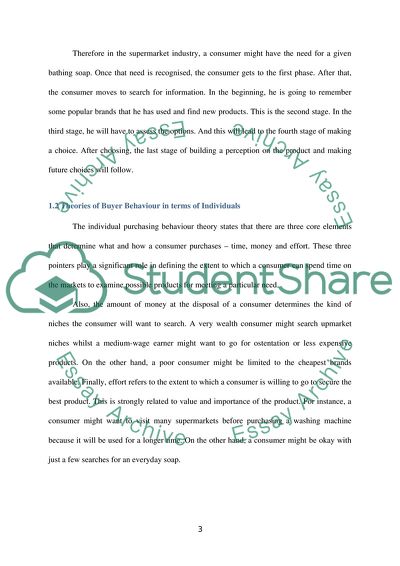Cite this document
(Core Concepts of Market Intelligence and Its Practical Application in Report, n.d.)
Core Concepts of Market Intelligence and Its Practical Application in Report. https://studentshare.org/marketing/1867393-marketing-intelligence
Core Concepts of Market Intelligence and Its Practical Application in Report. https://studentshare.org/marketing/1867393-marketing-intelligence
(Core Concepts of Market Intelligence and Its Practical Application in Report)
Core Concepts of Market Intelligence and Its Practical Application in Report. https://studentshare.org/marketing/1867393-marketing-intelligence.
Core Concepts of Market Intelligence and Its Practical Application in Report. https://studentshare.org/marketing/1867393-marketing-intelligence.
“Core Concepts of Market Intelligence and Its Practical Application in Report”. https://studentshare.org/marketing/1867393-marketing-intelligence.


